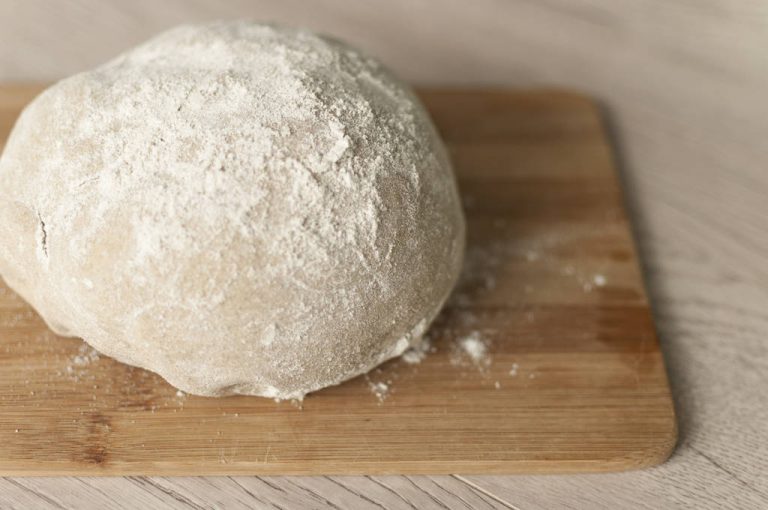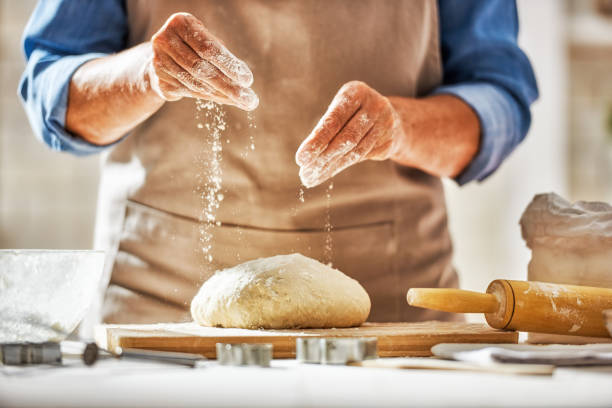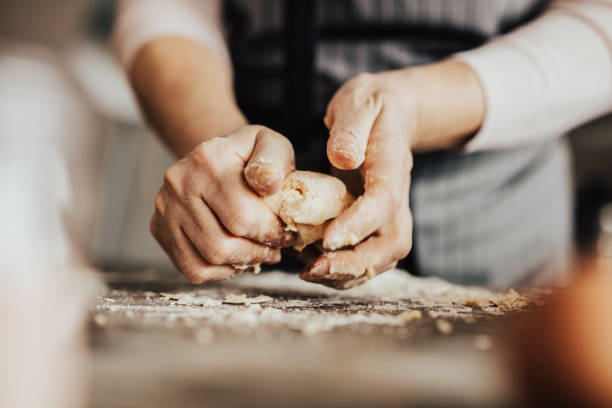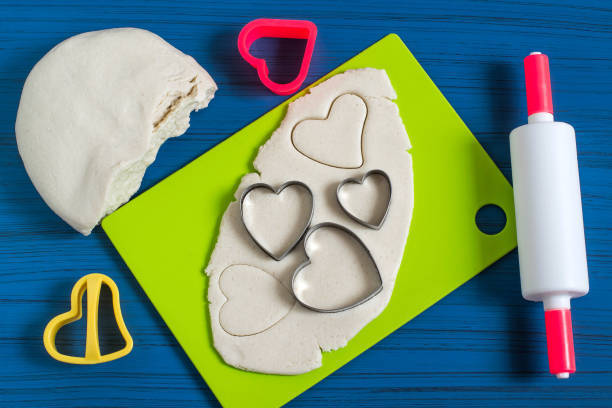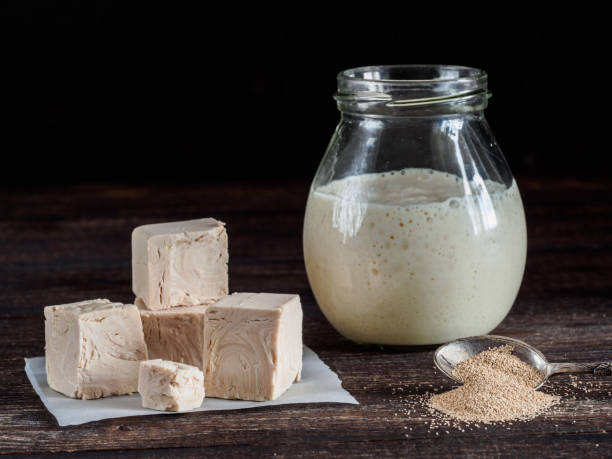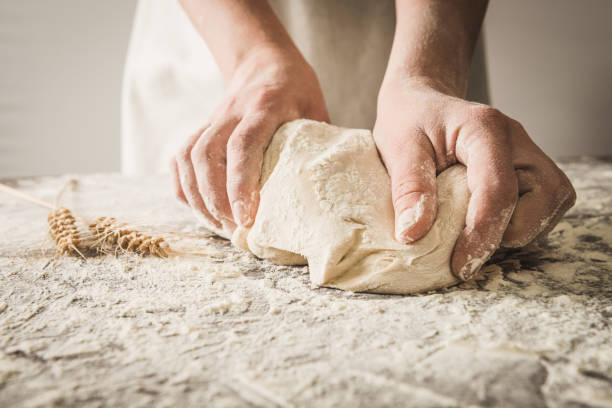This is how you make your own Christmas tree decorations from salt dough. Make simple decorations from salt dough and use them to decorate the tree at Christmas and Advent. How to make salt dough and make great ornaments for Christmas and other salt dough painting and decorating ideas.
The Christmas tree is often the focal point of the Advent season. It shines brightly in all colors and the balls glitter and sparkle everywhere. Unfortunately, most tree decorations are short-lived: something often breaks and you end up with a lot of plastic waste. We spend too much money on colorful Christmas decorations. Isn’t that cheaper and better for the environment? Salt dough is a cheap and easy alternative, and it’s even fun to make tree ornaments. We’ll show you how to easily make your own Christmas tree decorations from salt dough.
Just make salt dough

All you need is flour, water, and salt, i.e. ingredients that are usually in the kitchen cupboards anyway. It is best to use two cups of flour, one cup of water, and one cup of salt so that the ratio is 2-1-1. However, individual changes can be made during the kneading process so that the dough becomes kneadable accordingly. If your dough is too sticky, add some water. If the dough is too dry, add some water. Knead the dough into an even mass and then roll it out on a floured surface. Salt dough is not edible due to the high salt content! Those who prefer to bake something edible with their children are better off baking cookies with children.
Ideas for the salty dough
Substituting cornstarch for the flour will make the dough whiter and softer. If you want colorful dough, you can color it with food coloring. If you add about a tablespoon of oil, the dough will be even smoother and more malleable, so you don’t necessarily need cookie cutters and you can even try to form figures by hand.
On the other hand, if you add a tablespoon of wallpaper paste to your batter before you add water, the dough will become firmer. Consistency and shelf life can also be improved by replacing half the wheat flour with potato flour. You can find out more under Making salt dough yourself.
Make tree ornaments out of salt dough
If you still want to make ornaments for your Christmas tree, you can make them out of the salty dough. Because it’s fun and looks good. In the following video, you can watch instructions on how to make Christmas tree decorations from salt dough.
Make pendants out of the homemade dough
Just like normal cookies, salt dough figures are now created with cookie cutters. For example, stars, fir trees, gift packages, shooting stars, and everything else related to Christmas come into question. Use a straw to poke a hole in your cut-out salt dough cookies so you can hang them up later. After that, the dough has to dry at room temperature. You must not bake it directly, otherwise, it may bubble.
Either you dry your cookies in the air for a day and turn them every now and then, or you dry them in the oven at 50°C with circulating air and the oven door slightly open, which you can also hold open with a wooden spoon inserted between them so that air can escape. Only when your salt dough cookies are dry and light on both sides can you bake them.
Put the cookies in the oven for about 60 minutes at a top and bottom heat of about 130-140 degrees. Depending on how thick your cookies are, the temperature should be adjusted. You can then cool the various shapes and paint them as you wish and tinker with the salt dough. You can also give away the finished pendants. Here are more ideas for homemade Christmas gifts.
Decorate Christmas ornaments from salt dough

You can then cool the various shapes and paint them however you like. But the salty dough is sensitive to water, which is why you should avoid painting with watercolors and use water-free paints. Acrylic and poster paints are well suited, but also finger paints, clear varnish, and even nail varnish with good coverage. Gold and silver stars are particularly pretty and can still be decorated with glitter dust.
So if you don’t want to spend a lot of money on your Christmas tree decorations, but still don’t want to do without great and individual pieces of jewelry, you can make them out of salt dough for Christmas. You can find out more under make beautiful and cheap Christmas decorations yourself.



